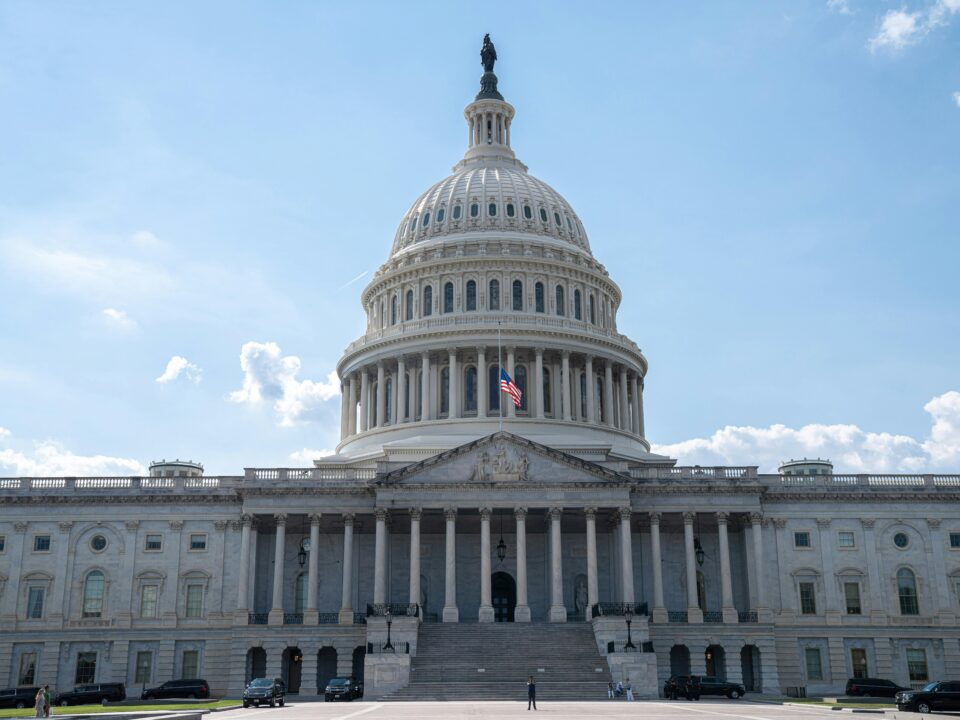
ABA Day 2018: Recap

Vermont Employment Law Alert: Ban on Salary History Inquiries
After eight years serving on the Vermont Labor Relations Board (“VLRB”) (three as Chair), I stepped down last year to expand our Firm’s ability to advise clients on labor issues, and to represent them before the Board.
The Vermont Labor Relations Board has jurisdiction over five Vermont statutes relating to collective bargaining:
- Vermont State Employees Labor Relations Act (3 V.S.A. § 901 et seq.)
- Governing statute for the VLRB, it applies to the State of Vermont, the Defender General, the Vermont State Colleges, and the University of Vermont.
- Vermont Judiciary Employees Labor Relations Act (3 V.S.A. §1010 et seq.)
- Enacted in 1988, the Act applies to the judiciary department and its employees. The Act excludes judges, court administrators, and managers from the definition of employee.
- Vermont State Labor Relations Act (21 V.S.A. § 1501 et seq.)
- First labor relations statute – Vermont covers private sector employees in Vermont with five or more employees who do not engage in interstate commerce. Rarely used, less than one percent of the Board’s caseload.
- Vermont Municipal Employee Relations Act (21 V.S.A. §1721 et seq.)
- Any municipal employer with five or more employees.
- Vermont Labor Relations For Teachers Act (16 V.S.A. §1981 et seq.)
- Covers relations between employees of schools within Vermont and school boards.
The lion’s share of the Board’s work relates to public sector employers. The Board is statutorily charged with many functions:
- Hear and decide grievances of unionized state employees, University of Vermont and state college employees, and municipal employees.
- Determine appropriate bargaining units and elections to determine whether employee groups want union representation.
- Hear and decide unfair labor practice charges.
- Arbitrate employee grievances under the State Employee Relations Act.
- Board staff also assists in resolving negotiation log jams.
The Board has six members. 3 V.S.A. §921(a) provides that two of the members have a management background, two have a labor background, and two are neutrals. Despite these statutory qualifications, I have found that Board members decide cases based on the evidence and the law. They do not simply hunker down in pro-union or pro-labor camps. Cases are usually litigated before three-member panels. Typically the panels are comprised of one labor, one management, and one neutral member of the Board.
The administrative process before the VLRB is certainly less formal than a Court proceeding in Vermont. However, with an extensive body of detailed legal decisions and precedent spanning many decades, it is a much more formal proceeding than most administrative proceedings of state government in Vermont. Experience navigating Board proceedings can help to keep costs down and maximize results.
We can represent your interests at the VLRB in grievance, unfair labor practice, unit determination and representation election matters. We also stand ready to represent your interests in mediation or arbitration of labor disputes. Please give me a call.




